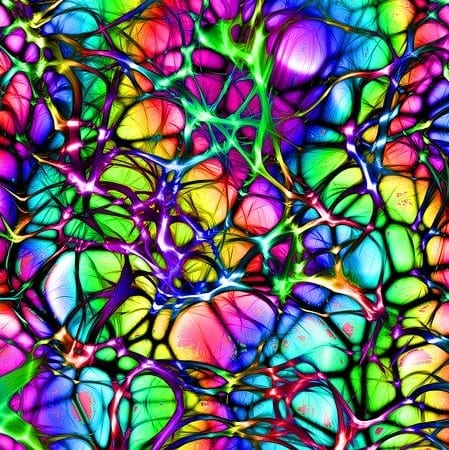Biological robots, commonly known as biobots, mimic the actions of other organisms (e.g. jumping or swimming). Biobots are composed of artificial materials and also organic material.
As published in ALP Bioengineering, scientists at the University of Illinois linked an intact spinal cord of a rat with an engineered muscle system.
This new biohybrid system was described in the APL Bioengineering journal published by AIP.
There are ongoing efforts by scientists at the University of Illinois to improve the motor behaviors of biobots which could lead to applications for worldwide biorobotic engineering and solutions.
Motor Neurons Produce Electrical Activity
The biobot was cultured for a total of seven days. Scientists discovered that electrical activity was indeed being produced by motor neurons that they took from a rat’s spinal cord.
The electrical activity caused the engineered muscles to contract, exactly as they would in the peripheral nervous system (PNS). The PNS is the part of the nervous system that is outside the spinal cord and the brain.
According to neuroscience author and graduate student Collin Kaufman, these results are an indication that the spinal cord can control muscular behavior even if it is removed and transplanted to another environment.
About Further Testing
The researchers continued by changing the concentration of the neurotransmitters. These are molecules used by the nervous system to transmit messages from neurons to muscles.
With additional neurotransmitters, the electrical activity remains constant. But when neurotransmitters are blocked, there is a decrease in activity.
About the Peripheral Nervous System
The PNS is difficult to study. Therefore, as shown in the study, being able to observe the PNS externally leads to an extraordinary advancement in medicine.
About Amyotrophic Lateral Sclerosis (ALS)
An example of a debilitating disease caused by the deterioration and subsequent death of neurons would be Lou Gerhrig’s disease or ALS.
The development of an external peripheral nervous system allows researchers to access the various ALS components immediately.
Dr. Kaufman explains that the next step would be to replace either the spinal cord, the muscle, or any two tissues with an ALS mutant model.
Once the ALS model is in place, the researchers could easily study the interaction of diseased neurons and nearby muscles.
And in the Future
A bonus resulting from biobots is their use in surgical training. Students will be able to practice the surgery on actual biological tissue.
A spokesperson added that this is only the beginning of applications that can be expected to materialize from biobots over the next couple of years.







